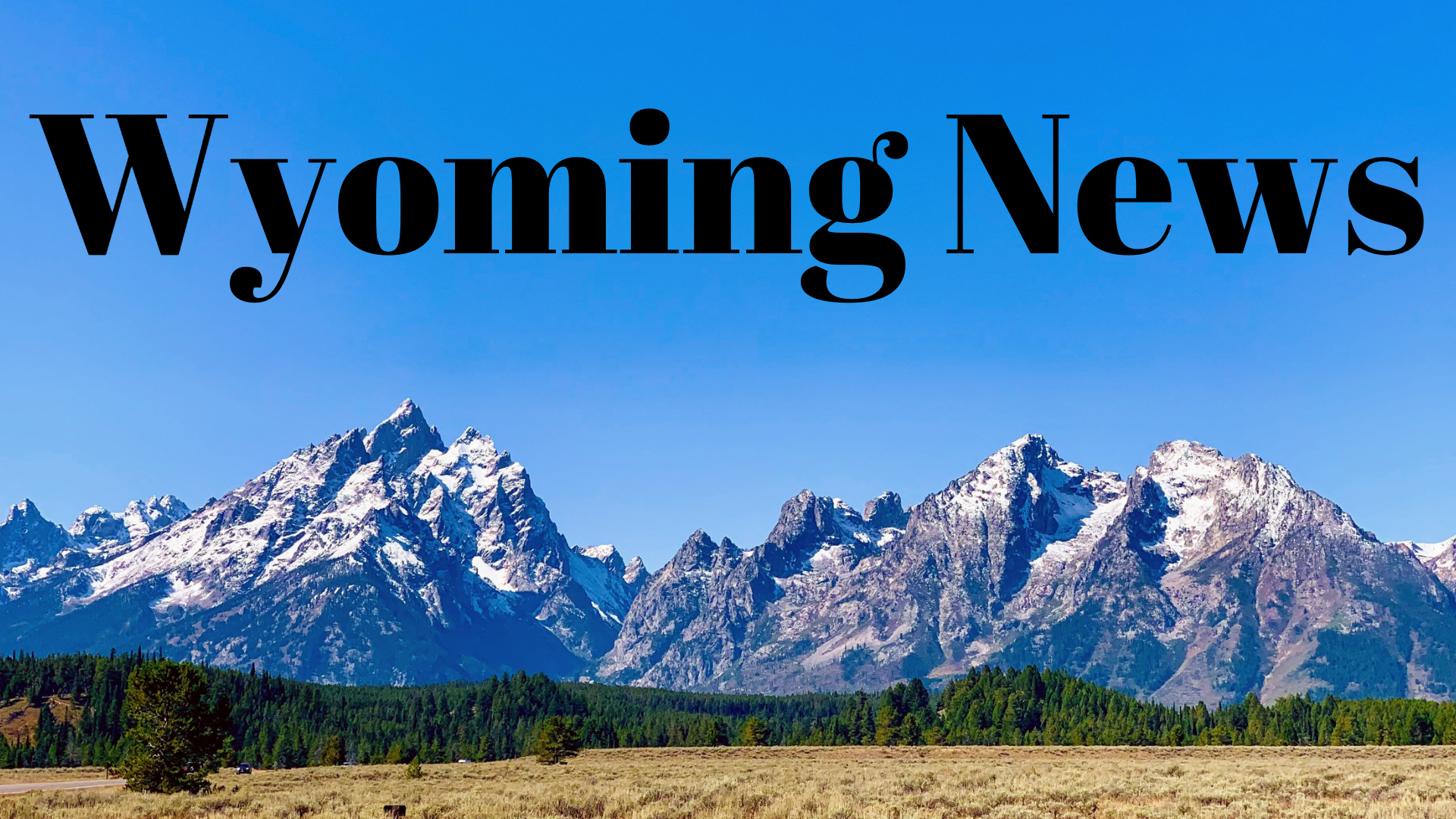Senior population grows

BUFFALO — Even in the fastest-aging state in the country, Johnson County stands out for its share of residents over age 65.
According to data released last week by the Wyoming Economic Analysis Division, Johnson County has the second-largest share of elderly residents in the state with 27.8% of the county's population over age 65.
The state's population age 65 and older increased from 99,769 in 2020 to 111,865 in 2023, or 12.1%, higher than the U.S. growth rate of 9.4% during the same period.
Those changing demographics pose unique economic challenges, Wenlin Liu, chief economist with the State of Wyoming, Economic Analysis Division, said.
“As the population gets older, the economy is different,” Liu said. “For economic development purposes, if you have a small population increase, you have a small labor force increase and then labor force competition between states. Every area wants to increase its economy, and to do that, you need a labor force.”
Liu said that the state is currently facing a labor force shortage. Wyoming has one of the highest proportions of the baby boom (age 59-77 in 2023) population, and one of the lowest proportions of Generation X (age 43-58 in 2023) in the country.
“The state is facing a labor shortage as the number of resident workers is insufficient to fill the positions vacated by retiring baby boomers under normal economic circumstances,” he said. “The labor force is changing. There are a lot more older people in the labor force now than 20 years ago. For businesses, they will have to get used to that older workforce.”
For potential employees, the aging Wyoming population is a positive, Liu said, because employers likely won't be able to be as choosy in their hiring choices. But for employers, it could mean vacant positions will be tough to fill.
Liu said the housing demands in an older population are also different than in communities with large populations of younger people and families. He referenced the multitudes of retirement communities that have sprang up in Florida and Arizona to meet the demands of older residents. Those planned communities are often age-restricted and include smaller homes that require less maintenance. The communities are designed to provide plenty of social and recreational opportunities for residents.
The speedy aging of Wyoming's population is largely attributable to aging baby boomers, the report said. But several other factors also come into play, including out-migration of young people and declining fertility rates.
Liu said that from 2015 to 2019, Wyoming consistently had negative outmigration, meaning more people were moving out of the state than into it. That was largely due to the downturn in oil and gas activity. Since the COVID-19 pandemic in 2020, the state's migration patterns have flipped and the state is now experiencing a net positive in migration. He said that in Johnson, Sheridan and Park counties, those new arrivals have tended to be older.
“Before, migration was always driven by employment,” Liu said. “But now, people want a nicer town or lower cost of living.”
Declining fertility rates are a concern nationwide, and indeed worldwide. But while the nation's total population of children (people under age 18) has continued to grow slowly, Wyoming's population of children has contracted.
Liu said the decline in the state's number of children is due partly to declining fertility rates; from 2005 to 2020, the state's fertility rate dropped from 71.4 births per 1,000 women aged 15 to 44 to 55.4 births.
Since 2020, the county's population of children has declined by 2.75% or 51 children. Statewide, the population under 18 years old decreased 3.3%. While a decline of 51 children might not seem significant, it has presented a budgetary challenge for Johnson County School District No. 1. That's because a school's enrollment is directly tied to state funding.
Liu said that, absent in-migration before 2040, the state's population will begin to shrink as deaths will outpace births.
This story was published on July 18, 2024.






